Price at the time of review: $299 – $329 / £250 – £319.
Sublime Sound
Audeze’s Planar magnetic drivers are a work of art. There’s a lot of tech jargon that goes into explaining them, but to keep things accessible, think of drivers as your speakers, and planar magnetic drivers as an ultra-thin variant that offers up a more accurate representation of sound, less distortion, and in the right hands, a higher frequency response.
The end result here is a headset that understands how to relay succinct sound in a way that puts the wearer center stage. JID’s dulcet vocals have the space to breathe; Billie Eilish’s thrusting bass hits like a truck; Linkin Park’s drop D guitars clank fully without any kind of added distortion; Olivia Rodrigo belts out ballads and pop rock without any kind of cutoff. The Audeze Maxwell excels at accuracy — it’s music as it was originally intended to be heard.
Rodrigo is a great example of what the Maxwell can accomplish. In the hit song Vampire, there are sections in the pre-and-post bridge where Benjamin Romans hammers repeatedly on the piano. I’ve listened to this song hundreds of times, but it wasn’t until I heard it while wearing the Maxwells until I realized the depth of each stroke. Whereas other headphones or headsets will cut off the top and bottom of sounds, the Maxwells can reach those upper and lower echelons we aren’t normally privy to.
The same transcendent sound applies to gaming as well. The Maxwells come with a frequency response of 10Hz to 50kHz, which is well within the human hearing range of 20Hz to 20kHz, but it’s the drivers that transform gaming. Small sounds like the creaking of floorboards above or below are able to ring out clearly, providing a tactical advantage over those with lesser headsets. If you’re playing on Xbox or PC, the Maxwell also comes with Dolby Atmos access, which really helps to pinpoint the exact angle someone is coming from or the direction of gunfire.
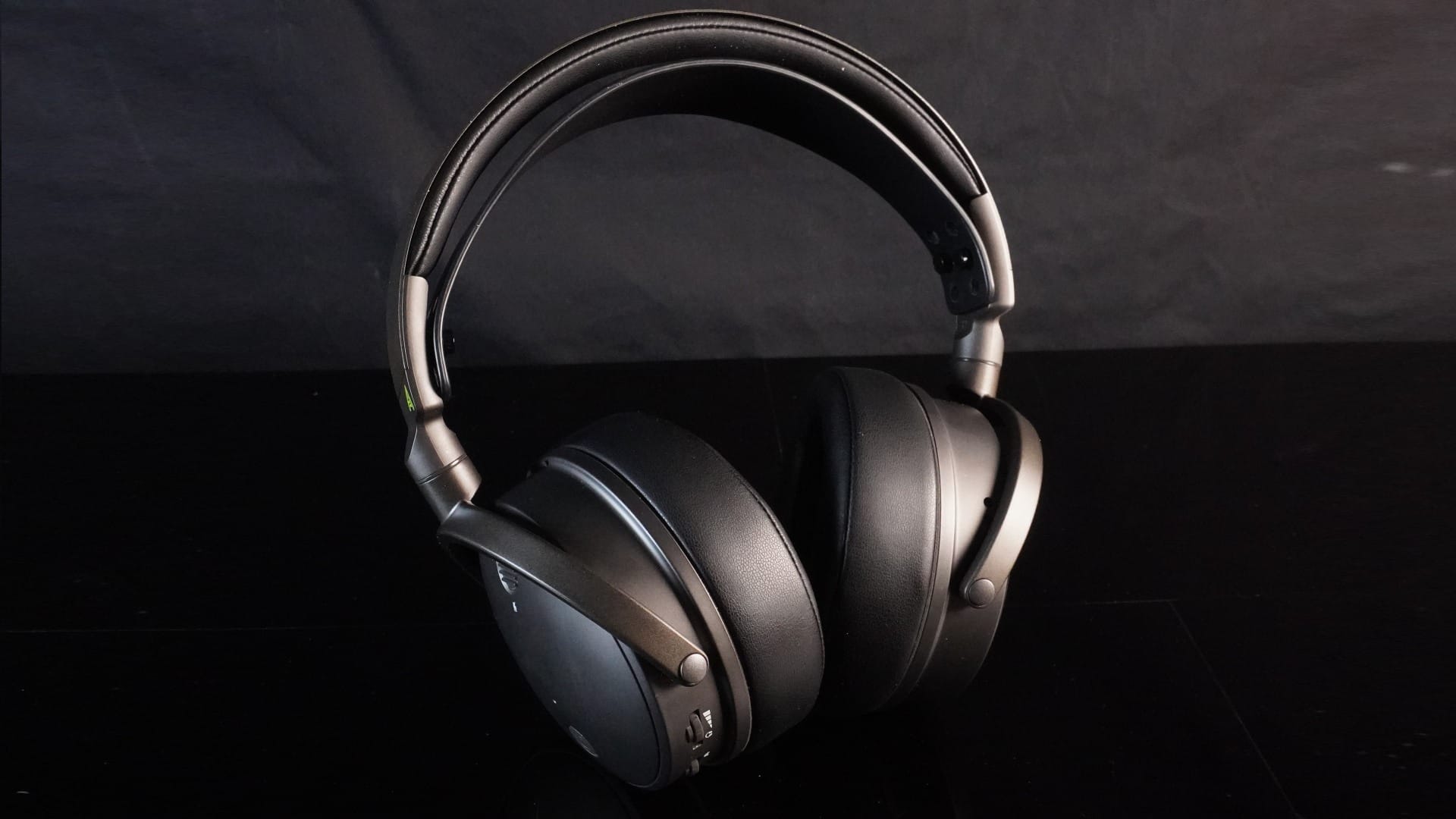
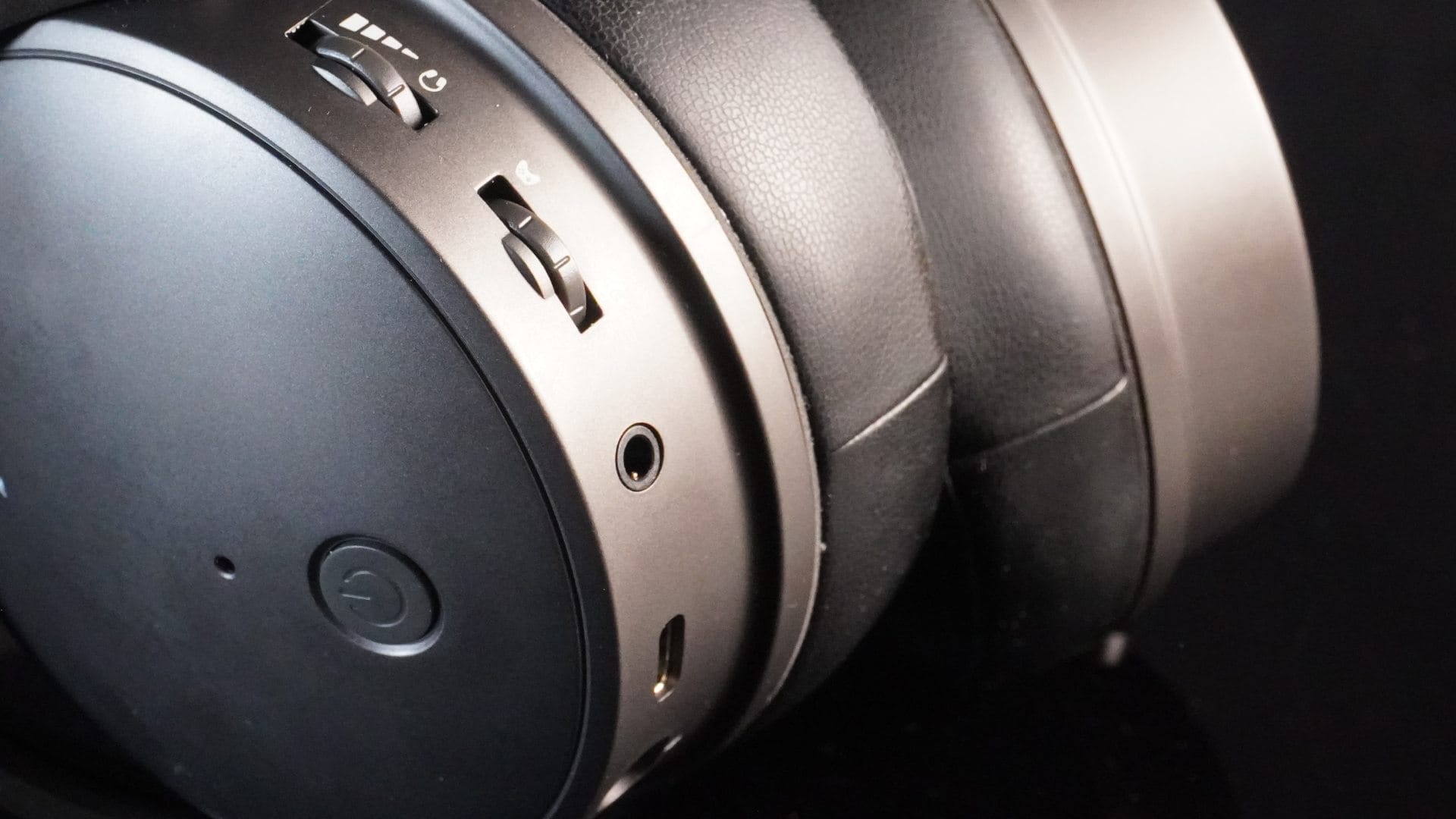
On the audio side of things, as with the Audeze Penrose when I reviewed it for Heavy, Audeze gets audio. But, just like the Penrose, the Maxwell isn’t without its flaws, some justifiable, some not so much.
First up, the mic quality isn’t on par with the SteelSeries Arctis Nova 7. The audio fidelity of the Maxwell outperforms the Nova 7, of course, but the mic is average.
There’s also the fact the Maxwells come in at 450g. That’s 125 grams heavier than the aforementioned Nova 7 at 325g. And yeah, you’ll feel the difference. I found the weight was fine for indoor use, but outdoors—where the excellent noise-cancelling feature comes into play—the Maxwell is miserable to wear in the heat.
The padding and adjustable head strap distributes weight evenly, making it technically comfortable over long wearing periods. It’s only outdoors, especially hot weather, when the Maxwell becomes oppressive.
The extra weight does make sense, though. When dealing with planar drivers, you need a cage that offsets breakage or misuse. Planar drivers are easier to damage than regular drivers due to their thinner nature. Pressing the ear cup inwards, for example, can create a push of air that can perforate the driver, as can stretching the headphones before plopping them on. You also run the risk of the occasional crinkle sound the more damaged the drivers get. I’d also wager this is the reason the Audeze Maxwell doesn’t feature any kind of foldable tech. Folding headphones creates pressure, and in this specific case, pressure is bad.
I don’t mention the above to panic anyone, but I have seen multiple cases of people online saying they’ve damaged their Audeze headphones and headsets because they didn’t realize extra care was needed.
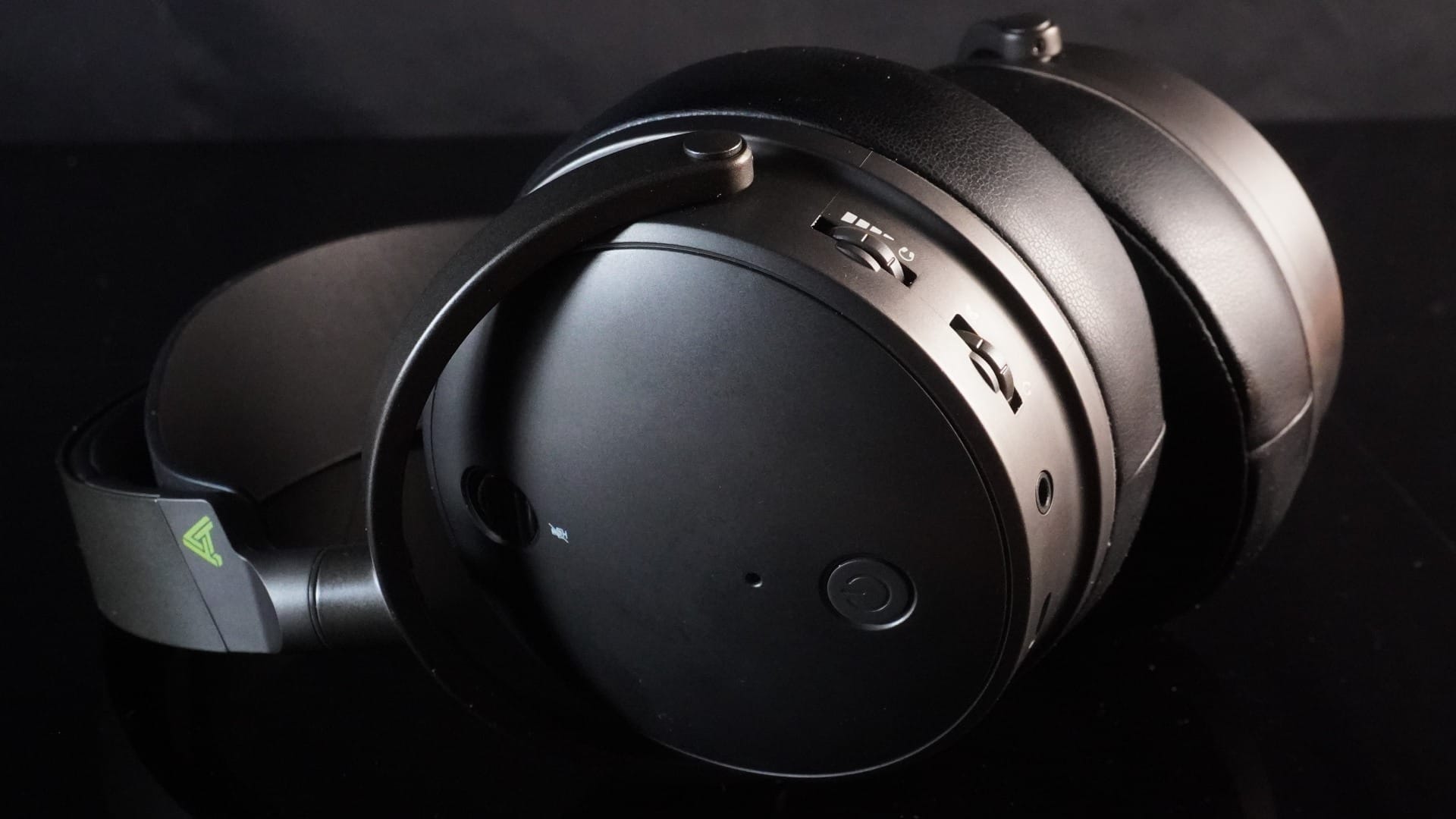
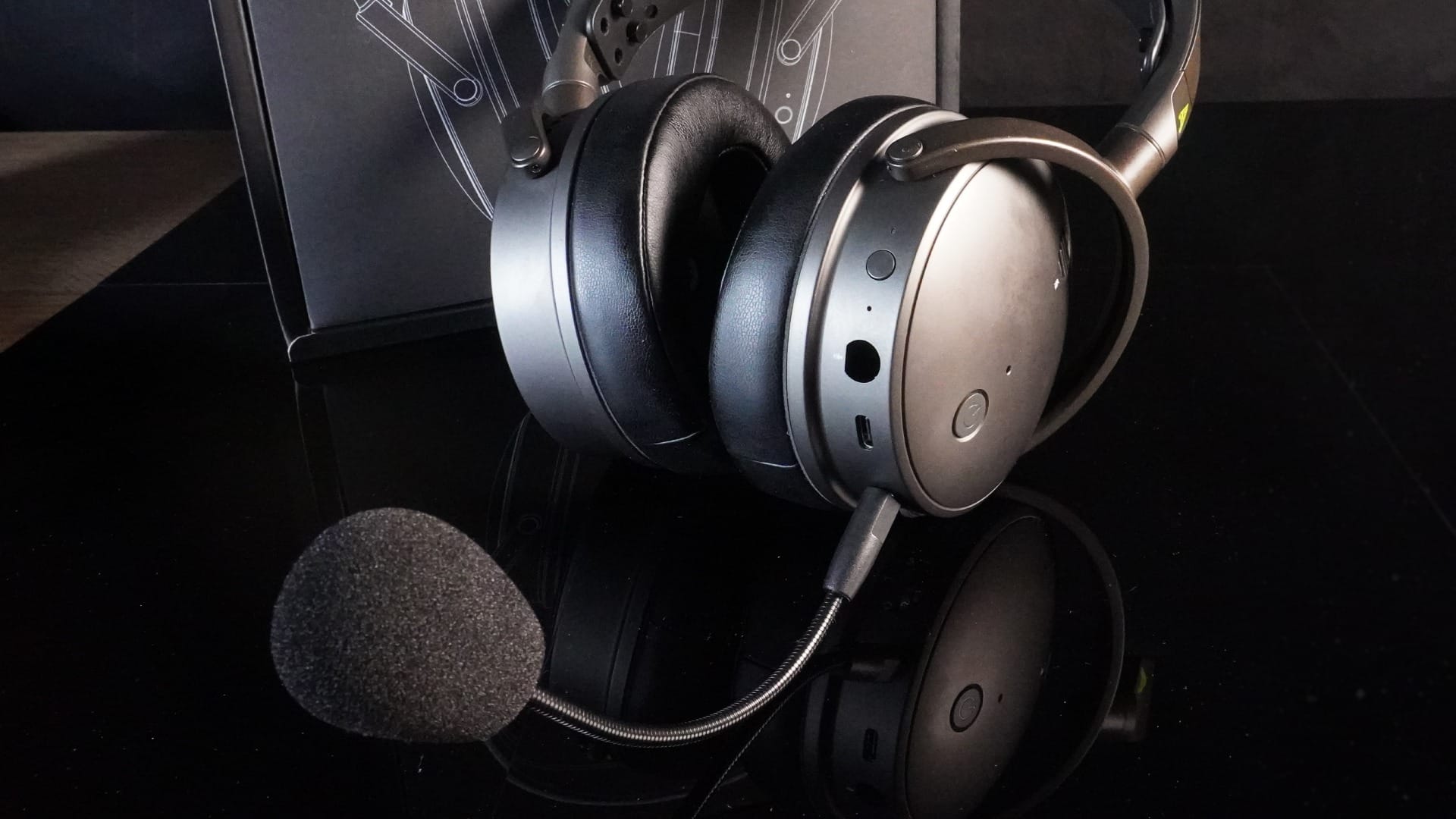
The reality is, if you slide your headphones on carefully, don’t push the cups inwards or together, avoid dropping them, and store them in a cool, dry place, you shouldn’t have any problems. I’ve logged over two hundred hours of usage over PC, Xbox, and mobile, and haven’t had any problems in regards to the drivers. As long as you look after them, they should be fine. And should you run into issues, Audeze headphones come with a three-year warranty.
Moving on, let’s talk about the ridiculous battery life. My biggest issue with the Audeze Penrose headset was the very average up to 15 hours of battery life. In the Maxwell, Audeze has increased this to a whopping 80 hours.
Now, there are some caveats here. Higher volumes, active noise-cancellation, and things like changing the equalizer will lower the up-time. That said, I was averaging around 50 hours of usage before I’d even need to consider looking at a charger. That amount will vary from person to person and how they use it, but either way you’re going to get a lot of usage out of them before the battery needs charging. And even then, a 20-minute charge can net you another eight hours of usage.
Over on the control side of things, Audeze has gone with a unique way of operating. Two dials—for the gamechat mixer, one for volume—can be pressed inward to active a mode select like skip track, equalizer, or sidetone.
I found controlling the headset a bit finicky at first, but after a few hours it all becomes second nature. Being able to switch between the included dongle and Bluetooth at the touch of a button is also a godsend. Especially as someone who uses their headphones on multiple devices.
That dongle, as well? It’s great. I performed a very scientific test to see how well it works and came away pleasantly surprised. In Fortnite Festival, music notes shoot down the screen with the goal to hit them in time to the song. Using headphones over Bluetooth is awful because of how rubbish Bluetooth is on PC, and because the notes don’t match the song. You can offset this in-game, but then when you switch from headphones back to speakers, you need to set it up again. With the dongle, the headset suffered minimal latency, meaning I could play without needing to mess around with settings constantly or, in online games, worry I’m hearing a sound too far after it’s happened. Not bad, eh?
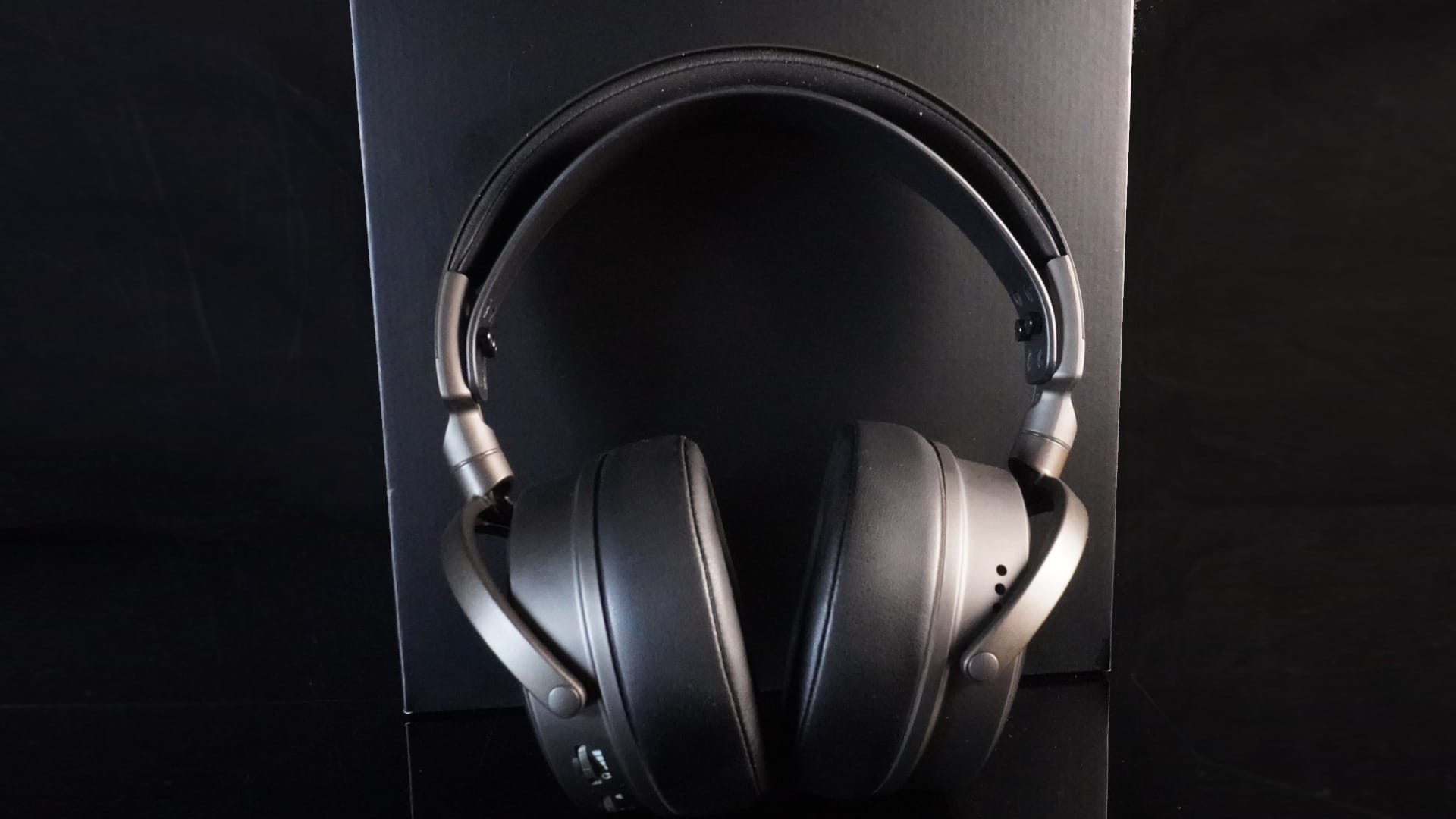

Verdict
Audeze is all about sublime sound above anything else. If you want an audiophile-grade weapon, there is no better-sounding headset than the Maxwell. It is the best headset out there, and is likely to be the best headphones you own.
Yes, the mic is okay, and you do need to take better care of it, but if you’re buying high-end gear, you really should be treating it like a King anyway.
Normally with the lux gaming headsets, you’re paying a premium for what’s ‘good for a headset’ rather than something that’s outright worth the admission fee. With the Audeze Maxwell, the quality is through the roof, and surpasses the previous iteration, the Penrose, with ease.
If it’s clear, spacious, closed-back audio you’re looking for, the Maxwell comes easy to recommend.
How I Tested
One of the biggest hurdles to this review was needing to discharge that massive up to 80-hour battery several times to make sure it lives up to the hype and isn’t a marketing ploy. Because of this, I’ve logged over 200 plus hours of usage, some of which was leaving it playing overnight, and the rest was during work hours and gaming time of an evening.
In that two hundred hours, I only noticed one popping sound, and the planar magnetic drivers didn’t suffer any failures. I did test the Audeze app on PC, on a 4K TV, and found it was was unresponsive and clicks didn’t register when they should. It works much better on Android, thankfully.
One word of warning, the default sound profiles are fine for gaming, but I would suggest setting up some specifically for music. The default bass is rather lacking without any outside intervention.
I’ve also used the Maxwell headset across a range of games—both single-player and online—and over different music platforms. The Maxwell’s AMP did a good job of making Spotify sound as lush as it can, but I still gravitated to my personal CD collection to get the most of them due to the higher quality of the original source.
Disclosure: Review unit provided by Audeze. | To learn more about my review policy click here. | Alternatively, click here to find out why you can trust me.

